SLVSEG3E September 2019 – March 2022 TPS25840-Q1 , TPS25842-Q1
PRODUCTION DATA
- 1 Features
- 2 Applications
- 3 Description
- 4 Revision History
- 5 Description (Continued)
- 6 Device Comparison Table
- 7 Pin Configuration and Functions
- 8 Specifications
- 9 Parameter Measurement Information
-
10Detailed Description
- 10.1 Overview
- 10.2 Functional Block Diagram
- 10.3
Feature Description
- 10.3.1 Buck Regulator
- 10.3.2 Enable/UVLO
- 10.3.3 Switching Frequency and Synchronization (RT/SYNC)
- 10.3.4 Spread-Spectrum Operation
- 10.3.5 VCC, VCC_UVLO
- 10.3.6 Minimum ON-time, Minimum OFF-time
- 10.3.7 Internal Compensation
- 10.3.8 Bootstrap Voltage (BOOT)
- 10.3.9 RSNS, RSET, RILIMIT and RIMON
- 10.3.10 Overcurrent and Short Circuit Protection
- 10.3.11 Overvoltage, IEC and Short-to-Battery Protection
- 10.3.12 Cable Compensation
- 10.3.13 USB Port Control
- 10.3.14 FAULT Response
- 10.3.15 USB Specification Overview
- 10.3.16 Device Power Pins (IN, CSN/OUT, and PGND)
- 10.3.17 Thermal Shutdown
- 10.4 Device Functional Modes
-
11Application and Implementation
- 11.1 Application Information
- 11.2
Typical Application
- 11.2.1 Design Requirements
- 11.2.2
Detailed Design Procedure
- 11.2.2.1 Output Voltage
- 11.2.2.2 Switching Frequency
- 11.2.2.3 Inductor Selection
- 11.2.2.4 Output Capacitor Selection
- 11.2.2.5 Input Capacitor Selection
- 11.2.2.6 Bootstrap Capacitor Selection
- 11.2.2.7 VCC Capacitor Selection
- 11.2.2.8 Enable and Under Voltage Lockout Set-Point
- 11.2.2.9 Current Limit Set-Point
- 11.2.2.10 Cable Compensation Set-Point
- 11.2.2.11 FAULT Resistor Selection
- 11.2.3 Application Curves
- 12Power Supply Recommendations
- 13Layout
- 14Device and Documentation Support
- 15Mechanical, Packaging, and Orderable Information
Package Options
Mechanical Data (Package|Pins)
- RHB|32
Thermal pad, mechanical data (Package|Pins)
- RHB|32
Orderable Information
8.8 Typical Characteristics
Unless otherwise specified the following conditions apply: VIN = 13.5 V, fSW = 400 kHz, L = 10 µH, COUT_CSP = 66 µF, COUT_CSN = 0.1 µF, CBUS = 1 µF, TA = 25 °C.
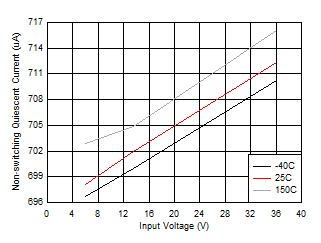
| VCSN = 8 V | INT = 5.1 kΩ | ||
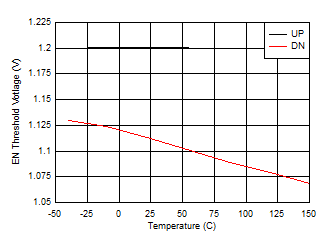 Figure 8-3 Precision Enable Threshold
Figure 8-3 Precision Enable Threshold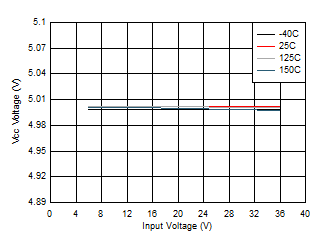 Figure 8-5 VCC vs Input Voltage
Figure 8-5 VCC vs Input Voltage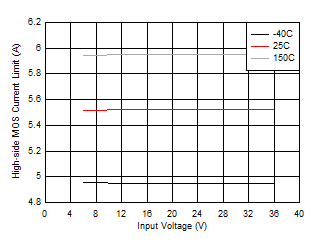 Figure 8-7 High-side Current Limit vs Input Voltage
Figure 8-7 High-side Current Limit vs Input Voltage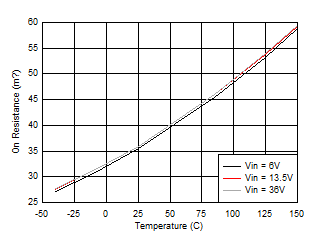 Figure 8-9 Low-side MOSFET on Resistance vs Junction Temperature
Figure 8-9 Low-side MOSFET on Resistance vs Junction Temperature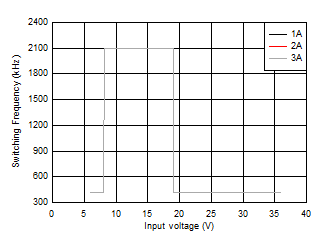
| RT = 8.87 kΩ |
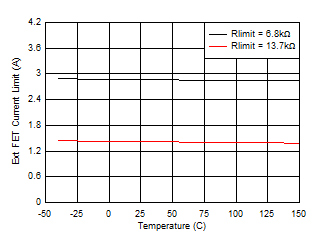
| RSNS = 15 mΩ | RSET = 300 Ω |
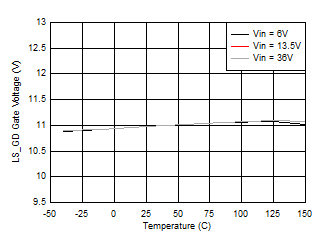
| VCSN/OUT = 5.1 V | RIMON = 0 kΩ |
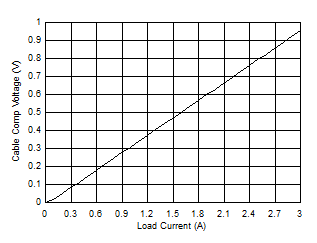
| RSNS = 15 mΩ | RSET = 300 Ω | RIMON = 13 kΩ |
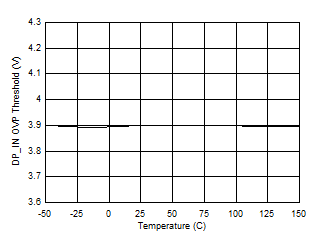 Figure 8-19 DP_IN Overvoltage Protection Threshold vs Junction Temperature
Figure 8-19 DP_IN Overvoltage Protection Threshold vs Junction Temperature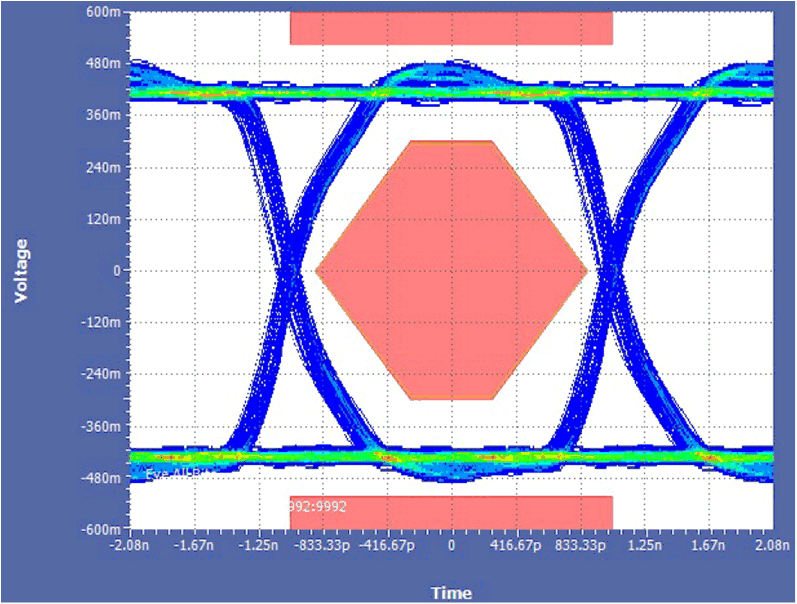
| Measured source with 10-cm cable |
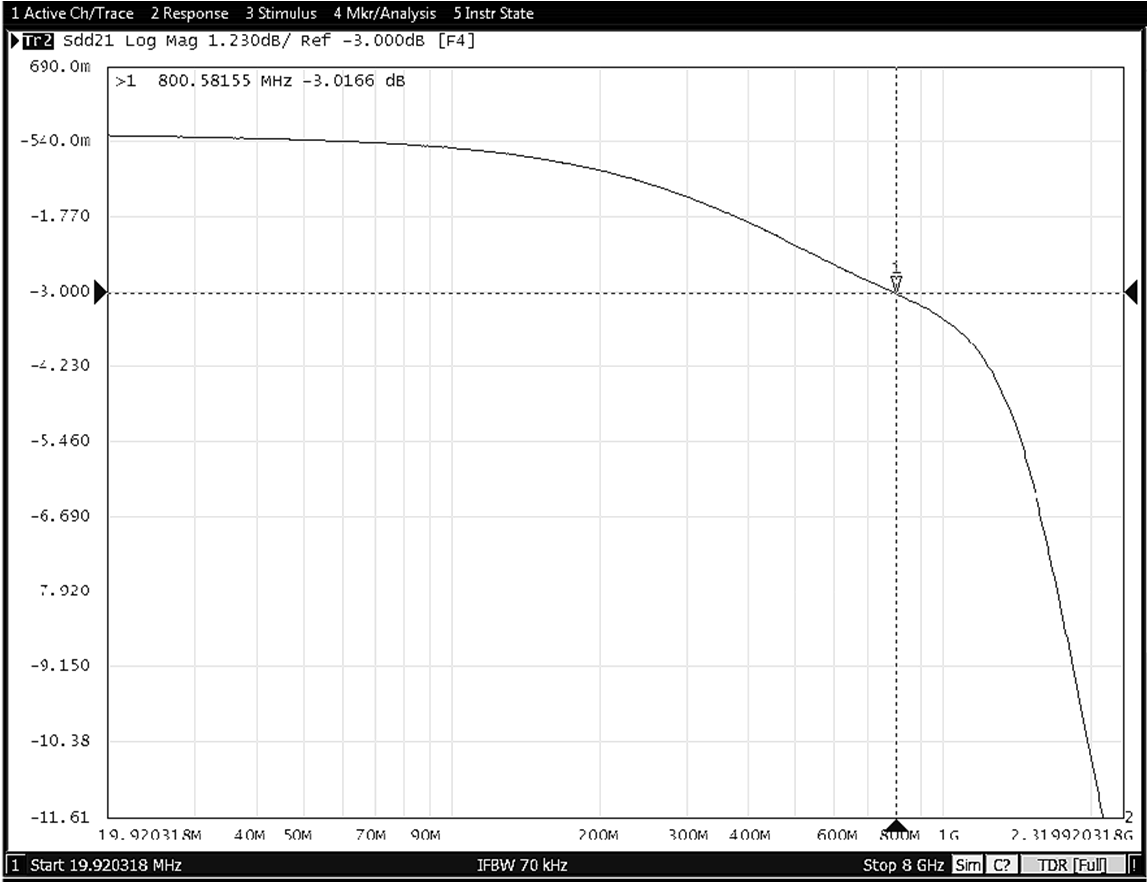 Figure 8-23 Data Transmission Characteristics vs Frequency
Figure 8-23 Data Transmission Characteristics vs Frequency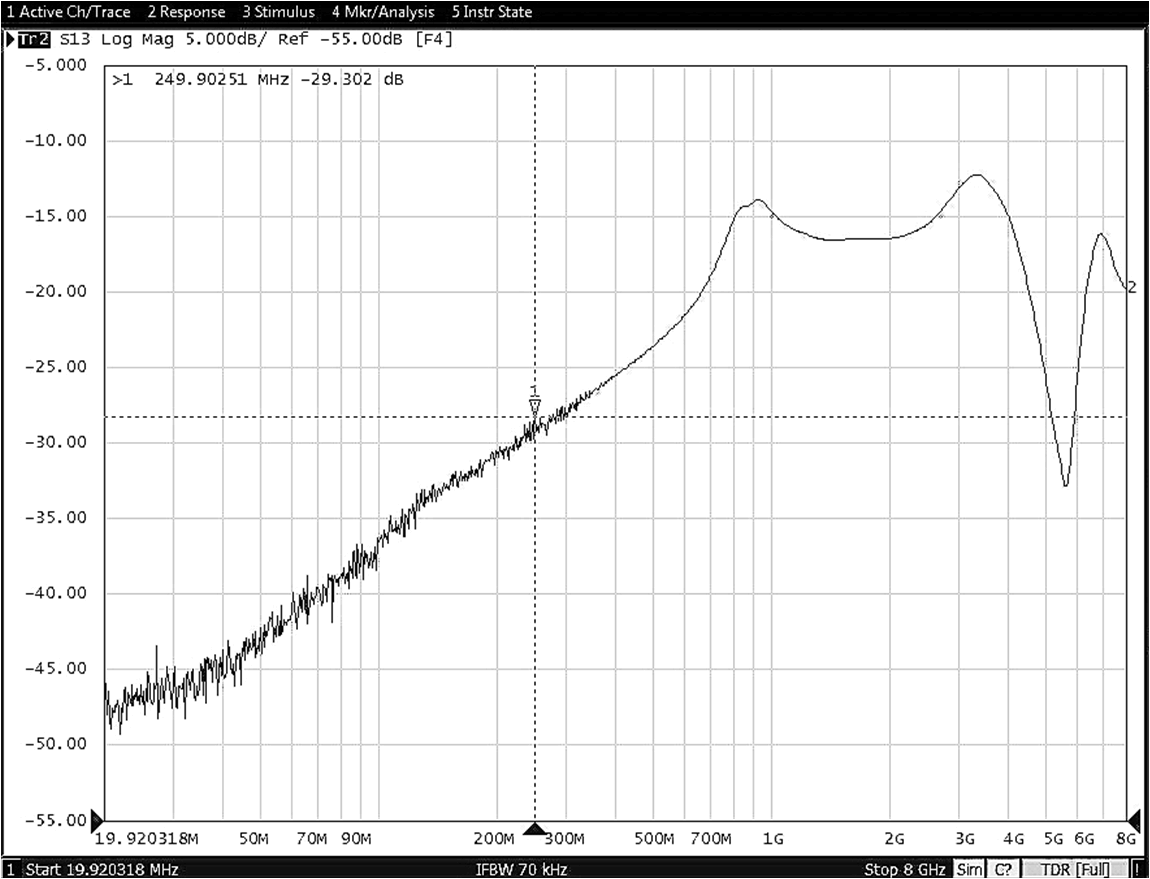 Figure 8-25 On-state Cross-channel
Isolation vs Frequency
Figure 8-25 On-state Cross-channel
Isolation vs Frequency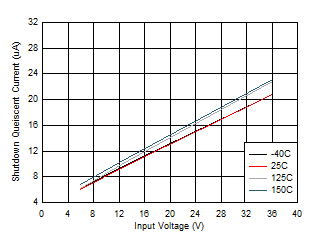
| EN = 0 V |
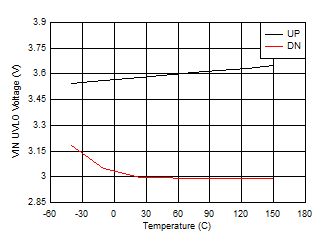 Figure 8-4 VIN UVLO Threshold
Figure 8-4 VIN UVLO Threshold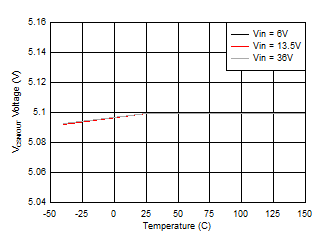
| RIMON = 0 Ω |
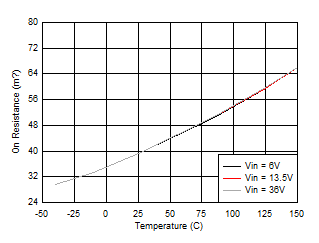 Figure 8-8 High-side MOSFET on Resistance vs Junction Temperature
Figure 8-8 High-side MOSFET on Resistance vs Junction Temperature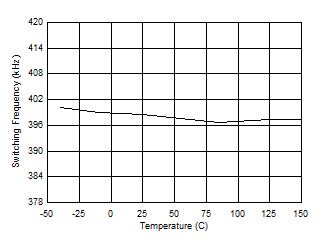
| RT = 49.9 kΩ |
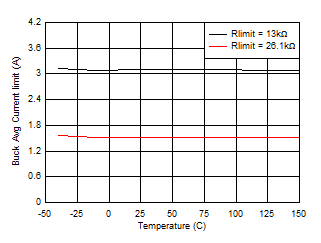
| RSNS = 15 mΩ | RSET = 300 Ω |
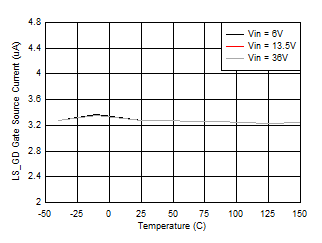 Figure 8-14 LS_GD Gate Source Current vs Junction Temperature
Figure 8-14 LS_GD Gate Source Current vs Junction Temperature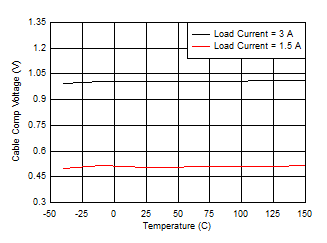
| RSNS = 15 mΩ | RSET = 300 Ω | RIMON = 13 kΩ |
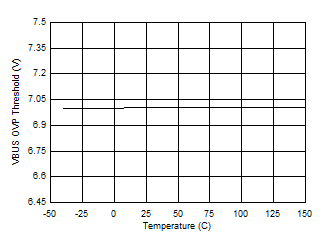 Figure 8-18 VBUS Overvoltage Protection Threshold vs Junction Temperature
Figure 8-18 VBUS Overvoltage Protection Threshold vs Junction Temperature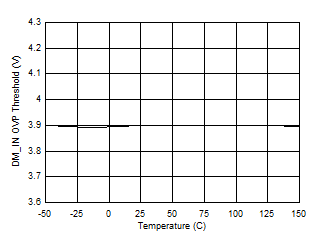 Figure 8-20 DM_IN Overvoltage Protection Threshold vs Junction Temperature
Figure 8-20 DM_IN Overvoltage Protection Threshold vs Junction Temperature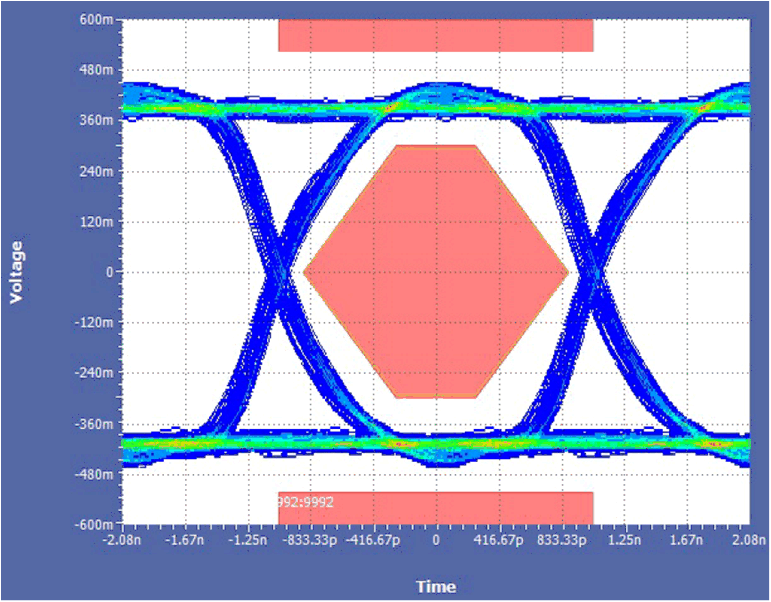
| Measured on TPS25830-Q1 EVM with 10-cm cable |
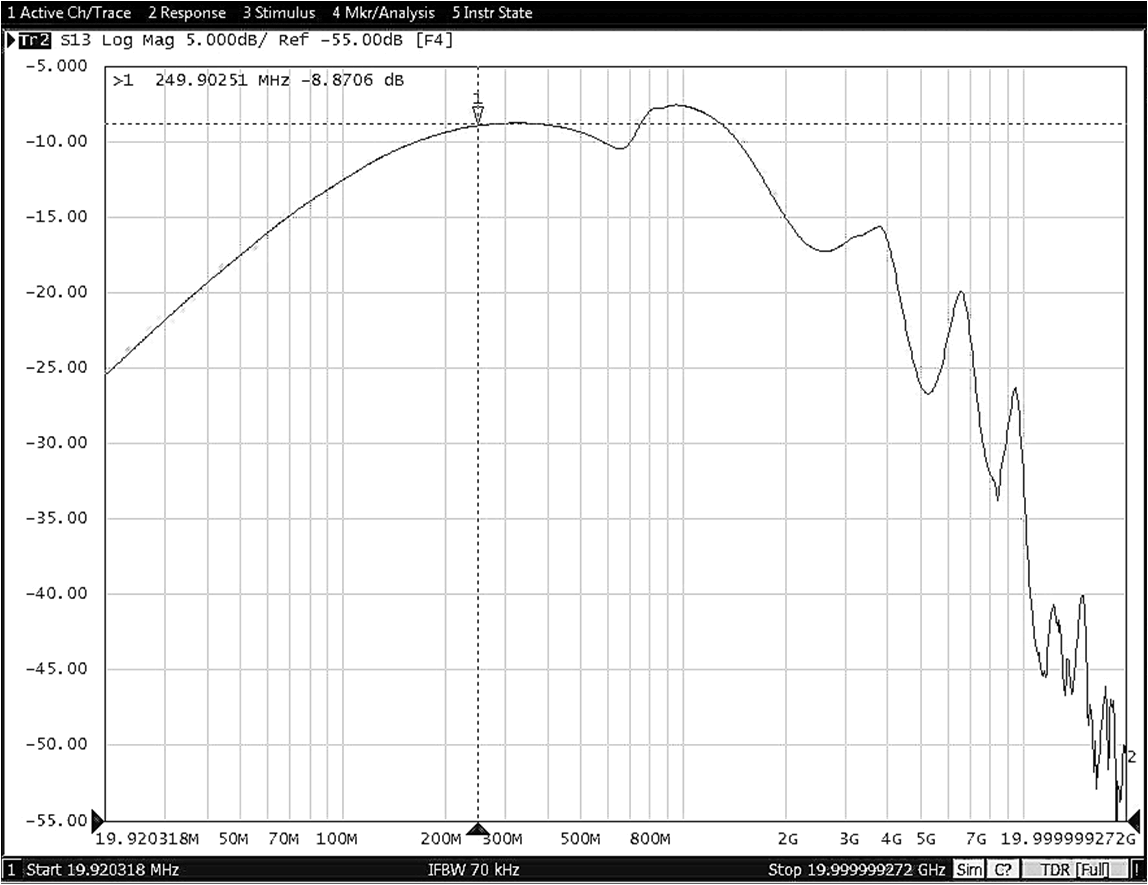 Figure 8-24 Off-state Data-Switch
Isolation vs Frequency
Figure 8-24 Off-state Data-Switch
Isolation vs Frequency